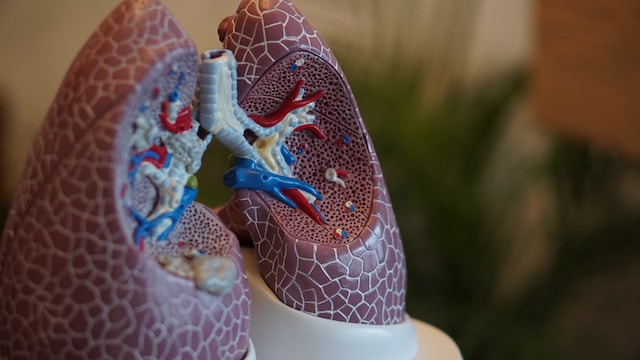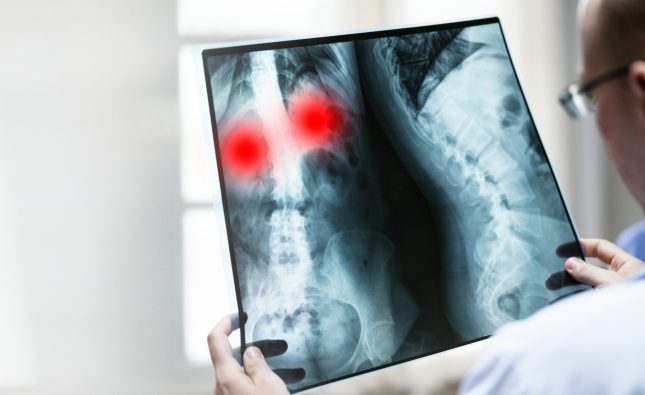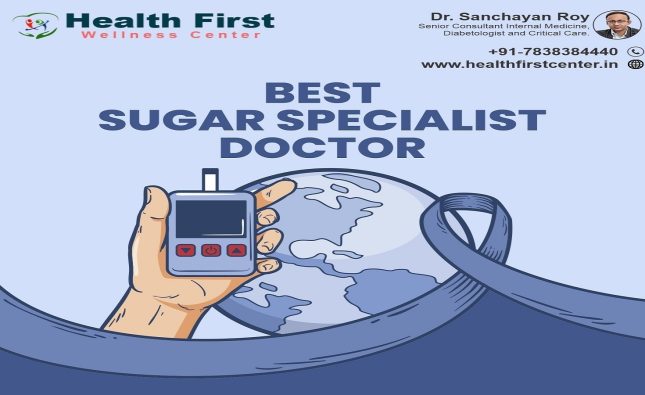
Introduction
Lung cancer remains the leading cause of cancer-related deaths in the United States, claiming the lives of more than 130,000 Americans annually. Despite this sobering statistic, screening rates for lung cancer are alarmingly low, with fewer than 1 in 5 eligible Americans up to date with their recommended screenings. This disparity represents a significant public health concern and underscores the urgent need for increased awareness, education, and accessibility to lung cancer screening.
Low Screening Rates: A Critical Challenge
According to the Centers for Disease Control and Prevention (CDC), only an estimated 15% of eligible Americans between the ages of 50 and 77 have received a lung cancer screening within the past year. This unacceptably low uptake highlights the need for a multifaceted approach to improve screening adherence.
Several factors contribute to the low screening rates, including lack of awareness about the benefits of screening, misconceptions about eligibility, and barriers to access. Addressing these challenges requires a concerted effort from healthcare providers, public health agencies, and community organizations.
Importance of Early Detection
Early detection of lung cancer significantly improves the chances of successful treatment and survival. Lung cancer screening tests, such as low-dose computed tomography (LDCT), can detect cancer at its earliest stages, even before symptoms develop. Timely diagnosis enables prompt intervention, potentially saving lives.
Research has consistently demonstrated the efficacy of lung cancer screening. The National Lung Screening Trial (NLST), a landmark study published in 2011, found that LDCT screening reduced lung cancer mortality by 20% among high-risk smokers. Subsequent studies have corroborated these findings, underscoring the importance of screening for high-risk individuals.

Eligibility and Recommendations
Current guidelines recommend lung cancer screening for adults between the ages of 50 and 77 who meet the following criteria:
- Current or former smokers with a 20 pack-year history of smoking (one pack per day for 20 years, or two packs per day for 10 years, etc.)
- Quit smoking within the past 15 years
It is important to note that screening guidelines may vary based on individual health factors and the availability of screening services in different communities. Individuals who have concerns about their eligibility or would like to learn more about screening options should consult with their healthcare provider.
Benefits of Screening
Lung cancer screening offers numerous benefits, including:
- Early detection: Screening can detect cancer at its earliest stages, when treatment is most effective.
- Improved outcomes: Early detection leads to improved treatment outcomes and increased survival rates.
- Reduced healthcare costs: Early diagnosis and treatment can prevent the need for more invasive and expensive interventions later on.
- Peace of mind: Screening can provide peace of mind by ruling out lung cancer or detecting it early when treatment options are more favorable.
Addressing Barriers to Screening
To improve lung cancer screening rates, it is crucial to address the barriers that prevent individuals from getting screened. These barriers may include:
- Lack of awareness: Many Americans are unaware of the benefits of lung cancer screening or the eligibility criteria.
- Misconceptions: Some individuals may have misconceptions about screening, such as the belief that it is only for current smokers or that it is unnecessary for those who have quit smoking.
- Access issues: Transportation difficulties, financial constraints, or lack of access to healthcare facilities can hinder individuals from getting screened.
Call to Action: Improving Screening Rates
Increasing lung cancer screening rates requires a comprehensive and collaborative approach involving multiple stakeholders. Healthcare providers play a pivotal role in educating patients about the benefits of screening and ensuring timely referrals for eligible individuals. Public health agencies can implement awareness campaigns to increase public knowledge about lung cancer screening and reduce misconceptions.
Community organizations can provide outreach services to underserved populations and assist with transportation or financial assistance for screening. Employers can offer lung cancer screening programs as part of their wellness initiatives. The media has a powerful role in disseminating accurate information about lung cancer screening and encouraging eligible individuals to get screened.
Conclusion
The low screening rates for lung cancer in the United States represent a serious public health concern. Early detection is crucial for improving outcomes and reducing mortality, yet fewer than 1 in 5 eligible Americans are up to date with their recommended screenings. Increasing screening rates requires a multifaceted approach that addresses barriers to access, raises awareness about the benefits of screening, and encourages eligible individuals to get screened. By working together, healthcare providers, public health agencies, community organizations, employers, and the media can create a society where lung cancer is detected early and treated effectively, saving lives and improving the well-being of our communities.










